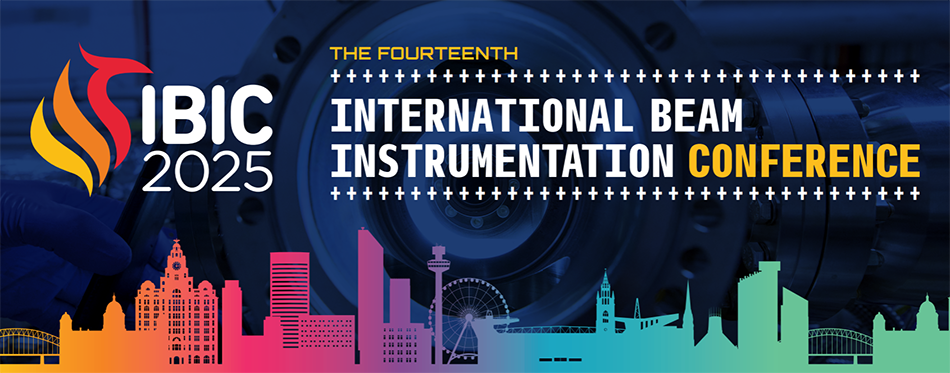Speaker
Description
Beam Halo Monitoring (BHM) is essential for high-intensity accelerators like the HL-LHC. Carbon Nanotube (CNT) wires offer a promising alternative to traditional carbon fibre scanners due to their lower density, improved thermal properties, and reduced beam interaction. This work evaluates the performance of CNT wires in beam halo diagnostics, focusing on their energy and intensity range, durability, and operational feasibility.
Preliminary results show that CNT wires provide better contrast and lower beam perturbation, with enhanced thermal stability under HL-LHC conditions. However, sudden temperature increases lead to significant shape deformation due to catalytic particles sublimating. We discuss challenges in manufacturing, post-processing, and limitations related to wire diameter and density. While CNT wires show strong potential for next-generation scanners, further studies are needed to optimise long-term performance.
Funding Agency
CERN
Footnotes
- Mariusz Sapinski. Carbon Fiber Damage in Accelerator Beam, 2008.
** Savas Berber, Young-Kyun Kwon, and David Tomanek. Unusually High Thermal Conductivity of Carbon Nanotubes. Physical Review Letters, 84(20):4613–4616, May 2000. arXiv:condmat/0002414.
*** M Sapinski. Beam Interaction with Thin Materials:Heat Deposition, Cooling
Phenomena and Damage Limits. 2012.
| I have read and accept the Conference Policies | Yes |
|---|

